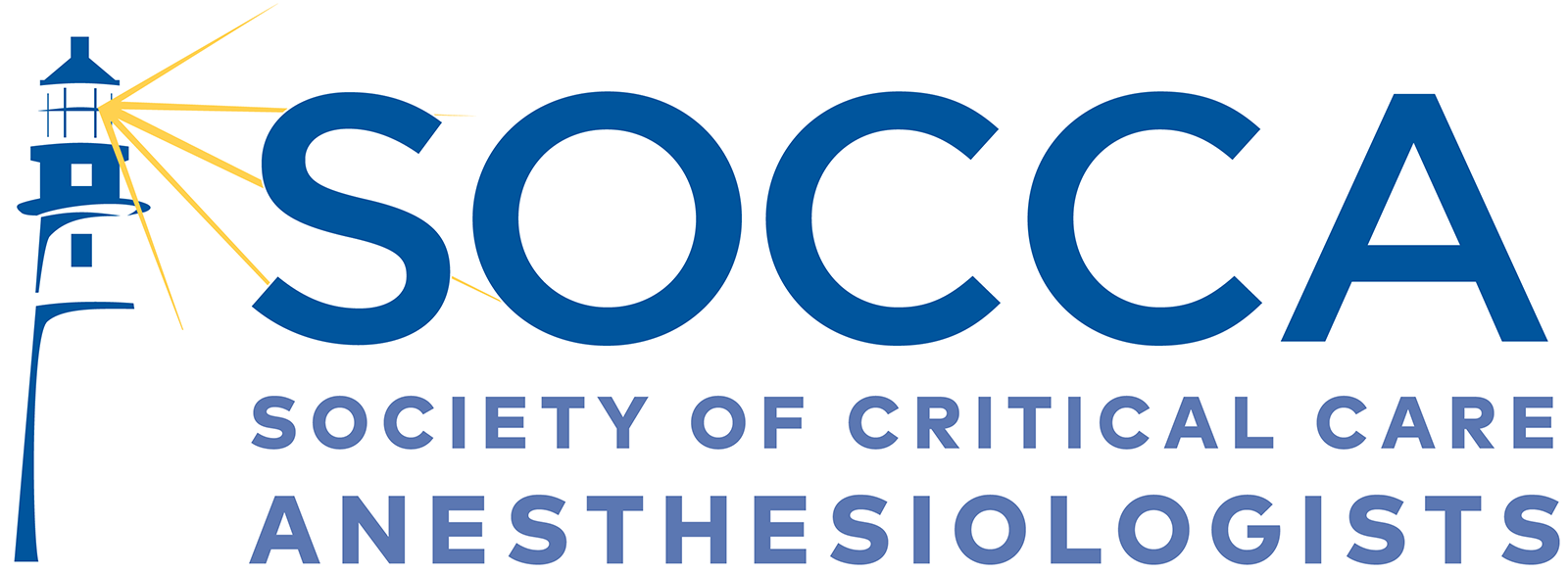“Did You See This?”by Zdravka Zafirova, M.D.
Fluid therapy in neurointensive care patients: ESICM consensus and clinical practice recommendations.Oddo M, Poole D, Helbok R et al. The European Society of Intensive Care Medicine (ESICM) recently published a consensus statement and clinical recommendations regarding the fluid management of neuro-intensive care patients (NIC), including comatose (GCS < 9) patients with severe traumatic brain injury (TBI), high-grade aneurysmal subarachnoid hemorrhage (SAH), severe arterial ischemic stroke (AIS) or intracerebral hemorrhage (ICH). Regarding the composition of fluids, recommendations of varying strengths are summarized as follows:
Recommendations regarding the hemodynamic guidance of optimization of fluid therapy include:
In elevated ICP, the fluid management recommendations are:
Limited recommendations are made regarding the endpoints of fluid management of SAH patients with delayed cerebral ischemia
A Randomized Trial of Epinephrine in Out-of-Hospital Cardiac Arrest.Perkins GD, Ji C, Deakin CD et al; PARAMEDIC2 Collaborators. This large multicenter, randomized placebo-controlled, double-blind trial of epinephrine vs saline in pre-hospital cardiac arrest aims to elucidate outcome effects of epinephrine administration. The primary outcome of 30-day survival was 3.2% in the epinephrine group vs. 2.4% in the saline group (adjusted OR 1.47; 1.09-1.97), with 112 the number needed to treat to prevent one death. Secondary outcomes analyzed were: hospital discharge with favorable neurologic outcomes, 2.2 % in the epinephrine vs. 1.9% in the saline (OR 1.19; 0.85-1.68); 3-month survival – 3% vs. 2.2% (OR 1.47; 1.08-2); favorable neurologic outcome at 3 months 2.1% vs 1.6% (OR 1.39; 0.97-2.01). While the overall survival rate in both groups was very low, the 30-day and 3 month survival was statistically significantly greater in the epinephrine group, and there was a significantly higher rate of ROSC -36.3% vs 11.7%, as well as survival to admission - 23.8% vs 8% (OR 3.83; 3.-4.43); however, the difference in the primary outcome was not as large as hoped, with NNT 112. This trial does not negate the role of epinephrine in out-of-hospital cardiac arrest; rather, it highlights other considerations in the resuscitation process, such as the complexity of the underlying pharmacophysiology, the focus on various aspects of the resuscitation interventions and their impact on outcomes beyond simple survival assessment, as well as on the end points of the resuscitation efforts. Risk thresholds for alcohol consumption: combined analysis of individual-participant data for 599,912 current drinkers in 83 prospective studies.Wood AM, Kaptoge S, Butterworth AS et al; Emerging Risk Factors Collaboration/EPIC-CVD/UK Biobank Alcohol Study Group. This study by the an international consortium of data on 786 787 participants found a curvilinear positive correlation between alcohol consumption and all cause-mortality, with the lowest incidence below 100 gm/week. A positive linear associations of alcohol consumption with stroke (HR per 100 g/week higher consumption 1.14; 1.10–1.17), coronary disease excluding myocardial infarction (1.06; 1.00–1.11), heart failure (1.09; 1.03–1.5), fatal hypertensive disease (1.24; 1.15–1.33), and fatal aortic aneurysm (1.15; 1.03–1.28). There was an inverse and approximately log-linear association of alcohol consumption with myocardial infarction (0.94; 0.91–0.97) after adjustment for other major risk factors. Alcohol consumption levels also had a inverse correlation with life expectancy, with the highest divergence in the 4th decade: at age 40, compared to the reported drinkers of 0–≤100 g (mean usual 56 g) alcohol per week, those who reported drinking >100–≤200 g (mean usual 123 g) per week, >200–≤350 g (mean usual 208 g) per week or >350 g (mean usual 367 g) per week had shorter life expectancy respectively of approximately 6 months, 1–2 years, or 4–5 years. The results suggest that for all-cause mortality and morbidity from some cardiovascular disorders, the threshold for the lowest risk is 100 gm per week, while for others there is no low threshold below which the risk association is eliminated, and for myocardial infarction, low level of alcohol has inverse risk correlation. Author |

